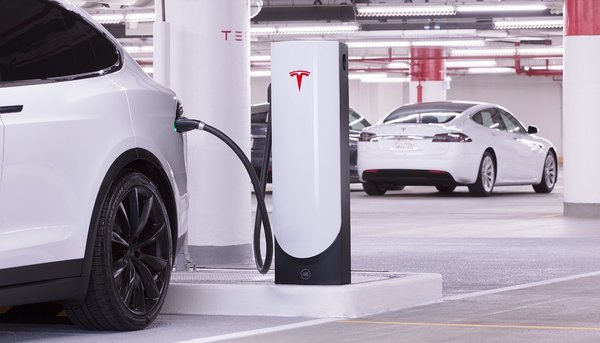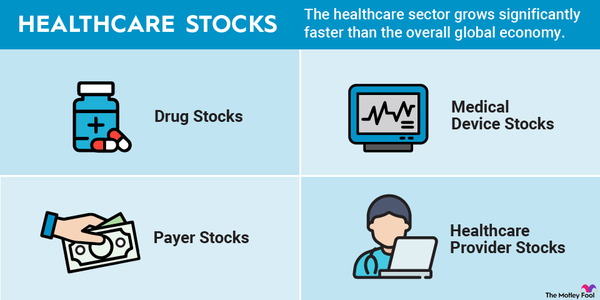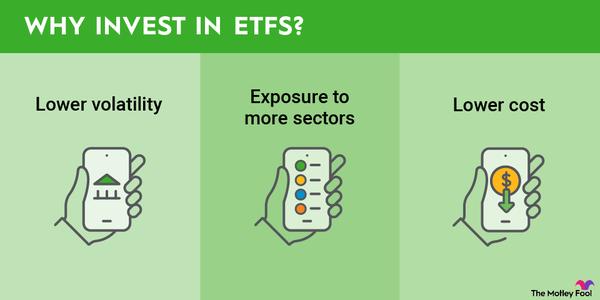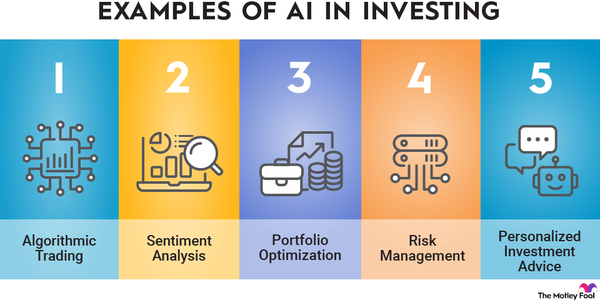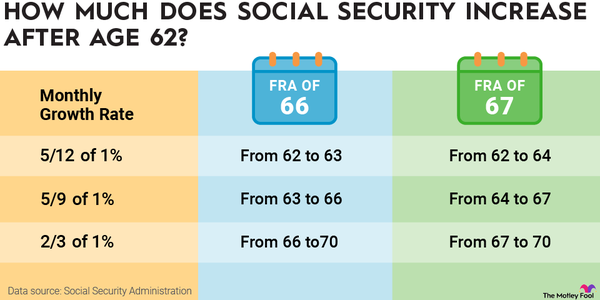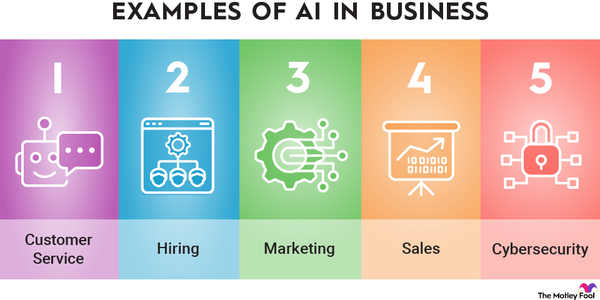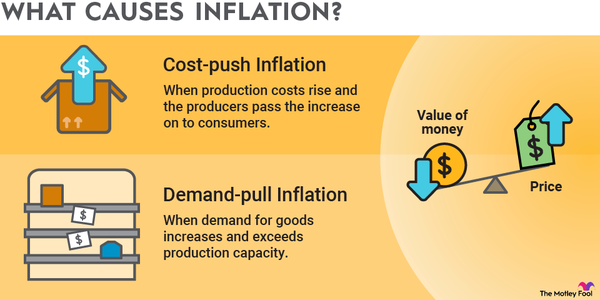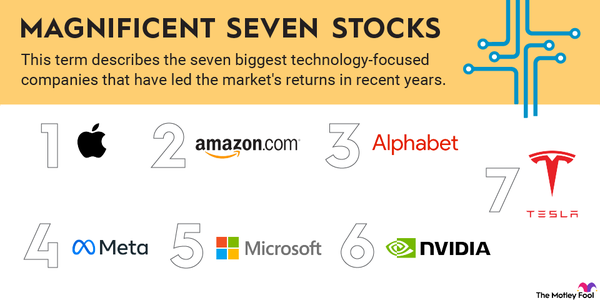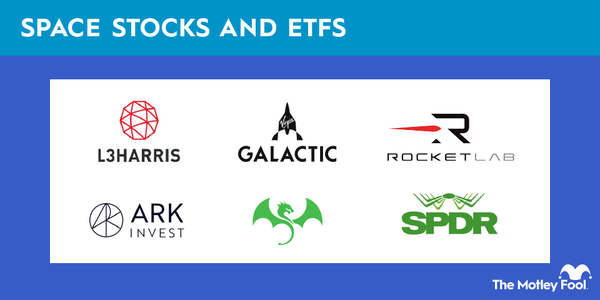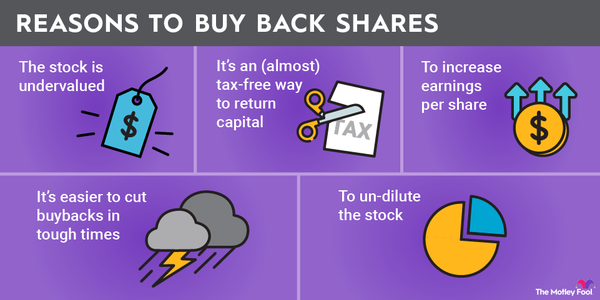Data centers have become major investments for tech companies looking to capitalize on the artificial intelligence (AI) boom. Many of the largest companies in the sector have doubled or tripled their capital expenditures and announced plans to continue spending even more on AI-ready data centers.
The dramatic rise in spending has been a boon to AI companies supplying the graphics processing units (GPUs), servers, and other infrastructure that data centers need. But not every company with a data center division has seen record revenue growth.
We analyzed financial statements of four AI companies: Nvidia (NASDAQ:NVDA), Advanced Micro Devices (NASDAQ:AMD), Intel (NASDAQ:INTC), and International Business Machines (NYSE:IBM). Here's how much data center revenue AI companies are bringing in and what to expect in the near future.
Data center revenue over time: Nvidia, AMD, Intel, and IBM
Nvidia is the market leader for GPUs, and its revenue numbers reflect that. Its data center division, which supplies GPUs to data centers, reached new record highs in revenue every quarter of 2023 and 2024. In Nvidia's calendar-year Q4 2024 earnings report, data center revenue was 3 times higher than that of AMD, Intel, and IBM combined.
While no other AI company has been nearly as successful as Nvidia, AMD has seen impressive growth as well. Its data center revenue totaled $12.6 billion in 2024, a 94% year-over-year increase. Instinct GPUs, AMD’s mainline AI data center GPUs, accounted for more than $5 billion in sales, according to AMD. EPYC CPUs, used mainly in servers, are another revenue driver, reportedly claiming more than 50% of the market share among hyperscalers.
Intel's Data Center and Artificial Intelligence (DCAI) division has not fared as well, going from $22.7 billion in revenue in 2021 to $12.8 billion in 2024. Intel has not kept up with growing competition, with one example being its Xeon processors being outperformed by and losing ground to AMD's EPYC CPUs.
IBM reports data center revenue in its infrastructure segment, which includes its popular line of IBM Power servers. Infrastructure revenue for IBM has been lackluster recently, increasing in 2022 but dropping in 2023 and 2024.
What’s next for data center revenue?
Data center revenue appears poised to grow. Training AI models is a resource-intensive process that requires massive datasets and computing power. McKinsey projects that global demand for data centers could increase by 19% to 27% annually until 2030. J.P. Morgan Chase (NYSE:JPM) estimates that data center spending could boost the U.S. economy by 10 to 20 basis points from 2025 to 2026.
However, there are potential headwinds to consider. The AI data center space is highly competitive, and competition could drive prices down. Intel, for example, launched its Gaudi 3 AI Accelerator in 2024 and designed it to be more cost-effective than comparable platforms from other AI companies.
AI models could also become more efficient, and training could become cheaper due to advances in distillation, showcased by DeepSeek. In that case, they might not need the same level of computing resources. While that's good news from a technological perspective, it would also reduce data center needs.
Even if efficiency breakthroughs continue, data centers could still be a large source of revenue for AI companies. Cheaper AI would make it easier for companies to integrate AI throughout the economy, which would generate significant data center demand. But the explosive growth some companies, most notably Nvidia, have seen in recent years might still slow down.
Sources
- AMD (2025). "Historical Financials."
- IBM (2025). "Financial reporting."
- Intel (2025). "Investor Relations."
- McKinsey & Company (2024). "AI power: Expanding data center capacity to meet growing demand."
- Nvidia (2025). "Financial Reports."
- S., Siddarth (2025). "J.P.Morgan forecasts spending on data centers could boost US GDP by 20 basis points in 2025-26."


























































